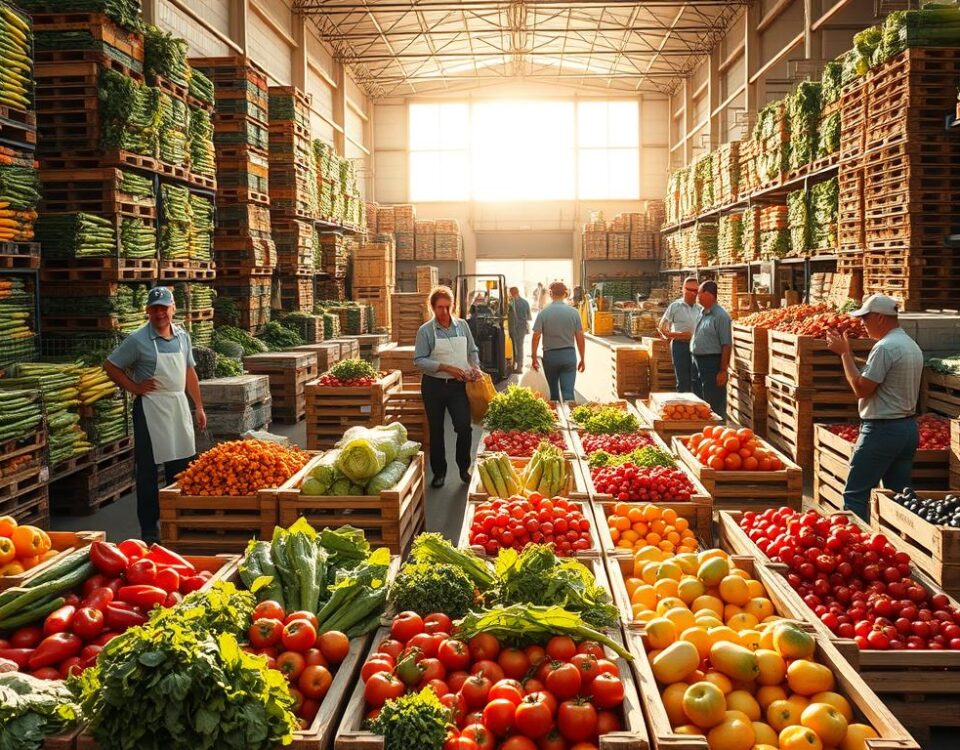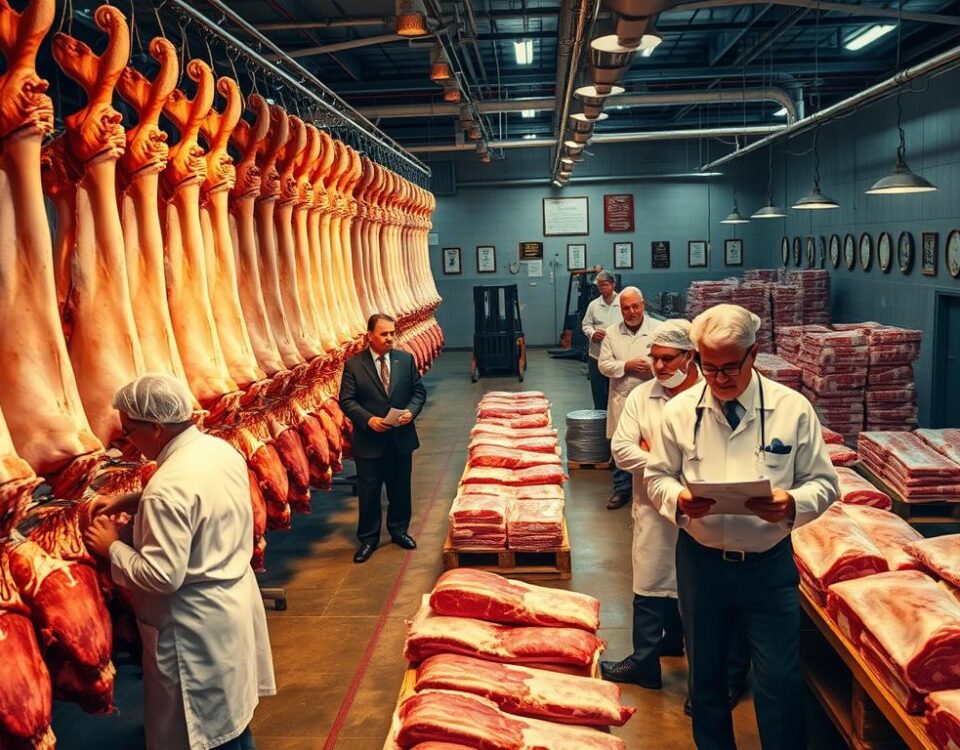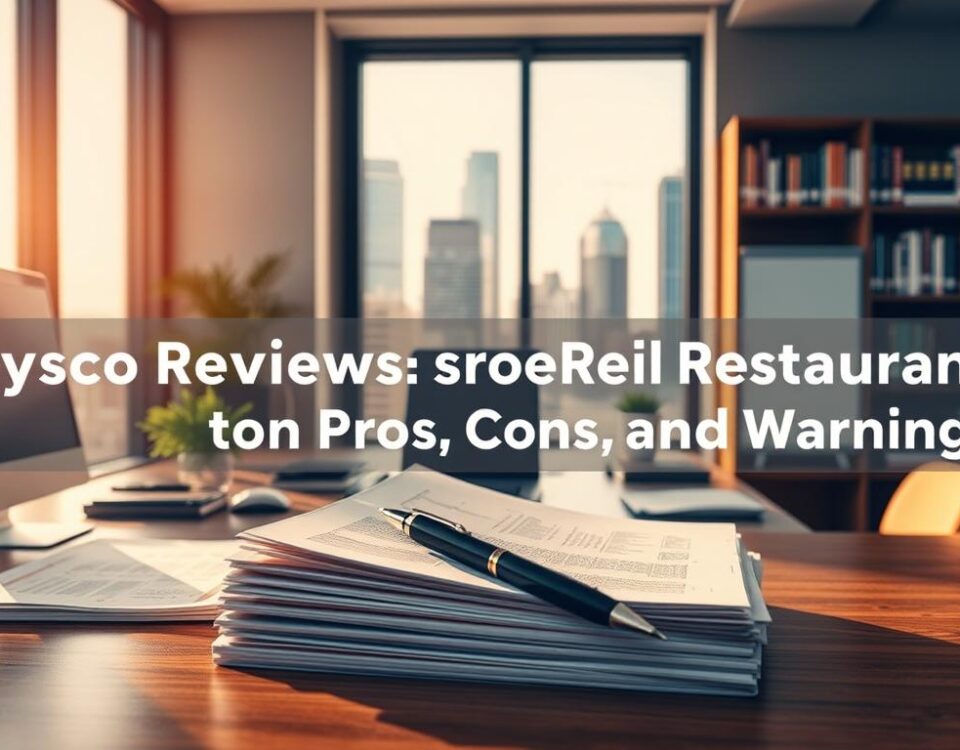
Ultimate Local SEO Guide for Restaurants That Want to Dominate Search Results
July 7, 2025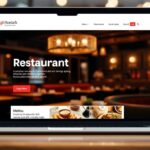
Google Ranking Guide for Restaurants: Boost Visibility and Attract More Customers
July 8, 2025In the fast-paced world of dining, being seen and chosen by customers online can make or break a business. I recall a local eatery that saw a significant surge in customers after optimizing its online presence. This isn’t a coincidence; Google Search is the number one driver of new customers, surpassing traditional marketing methods like social media, flyers, or billboards.
For thousands of people searching for food on a given day, most queries are as simple as “food near me” or “best Chinese food near me.” A staggering number of these searches go unfulfilled due to poor online presence. So, how can your restaurant capitalize on this trend and get on the first page of Google?
By the end of this guide, you’ll have a clear roadmap to improve your restaurant’s visibility on Google and attract more diners through your doors.
Key Takeaways
- Learn how to boost your restaurant’s visibility on Google.
- Understand the importance of Google rankings for your business.
- Discover proven techniques to transform your online presence.
- Get practical advice on optimizing your Google Business Profile.
- Create a search-friendly website to attract more customers.
Why Google Rankings Matter for Your Restaurant’s Success
The importance of Google rankings for restaurants cannot be overstated, as it directly impacts their visibility and foot traffic. In today’s competitive food industry, having a strong online presence is crucial for attracting customers and driving sales.
The Impact of Search Results on Restaurant Foot Traffic
When potential customers search for dining options, they rarely look beyond the first page of search results. This makes your Google ranking crucial to your restaurant’s success. Studies have shown that 76% of people who search for a local business on their phone visit within 24 hours, highlighting the significant impact of search results on restaurant foot traffic.
How Local Searches Drive Immediate Customer Action
Local searches for terms like “restaurants near me” or “best Italian food” drive immediate customer action, often resulting in same-day visits. By appearing on Google’s first page, your restaurant can capitalize on this trend and attract more customers. Understanding the connection between search visibility and physical visits helps you appreciate why investing in SEO is as important as investing in your menu or decor.
By improving your Google ranking, you can increase your restaurant’s visibility, drive more foot traffic, and ultimately boost sales. It’s essential to prioritize your online presence to stay ahead in the competitive restaurant industry.
Claiming and Optimizing Your Google Business Profile

Your restaurant’s visibility on Google starts with claiming and verifying your Google Business Profile. This process is crucial for establishing a strong online presence and improving your local search rankings.
Essential Information to Include in Your Listing
To maximize the effectiveness of your Google Business Profile, you need to provide accurate and comprehensive information. This includes using your exact business name, adding a complete address and contact information, and choosing the right business category. Your business description should be compelling and incorporate relevant keywords to highlight what makes your restaurant unique.
Adding High-Quality Photos That Attract Customers
Uploading high-quality photos and videos is vital for attracting customers. Restaurants with quality images receive 42% more requests for directions on Google. Ensure that your photos showcase your restaurant’s ambiance, dishes, and overall dining experience.
Utilizing Google Posts to Showcase Specials and Events
Google Posts allow you to keep your profile fresh and engaging by showcasing your specials, events, and promotions. This feature helps attract potential customers and encourages them to visit your restaurant.
Creating a Restaurant Website Optimized for Local Search
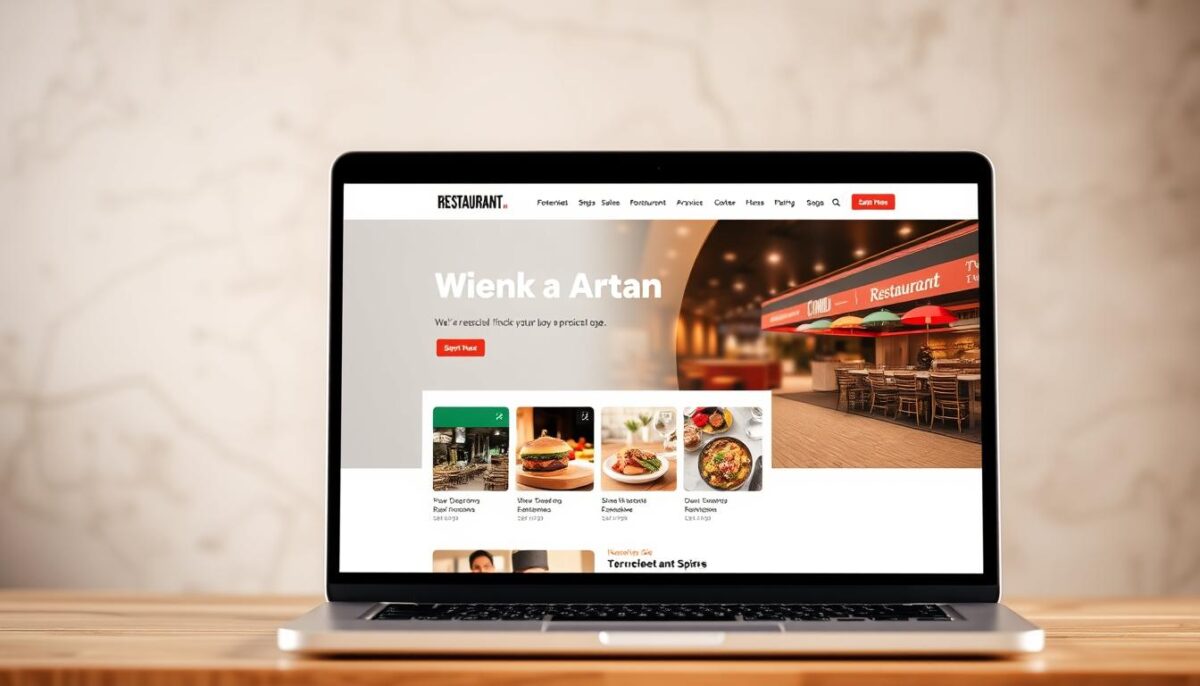
In today’s digital landscape, a restaurant website optimized for local search is no longer a luxury, but a necessity. A well-structured website not only enhances your online visibility but also provides a better user experience for your customers.
Essential Pages Every Restaurant Website Needs
To attract local diners, your restaurant website should include essential pages such as a mobile-friendly menu, location page with an embedded map, about page, and contact information. These pages help search engines understand your business and improve your local search rankings.
Mobile Optimization for On-the-Go Diners
With over 70% of local searches happening on mobile devices, having a mobile-friendly website is crucial. Ensure that your website is responsive and provides a seamless user experience across various devices.
Implementing Schema Markup for Enhanced Search Visibility
Schema markup helps Google understand your business details, including your business name, address, and phone number (NAP), menu links, online reservations, and customer reviews. By implementing schema markup, you can dramatically enhance your search visibility and attract more local customers.
Mastering Local Keywords for Your Restaurant Google Ranking Guide
Mastering local keywords is crucial for your restaurant’s online visibility and Google ranking. To achieve this, you need to integrate local keywords strategically throughout your website content, meta tags, and descriptions.
Researching Location-Based Search Terms
Researching location-based search terms is the first step in creating a successful local keyword strategy. You can use tools like Google Keyword Planner to identify relevant terms and phrases that potential customers in your area use to find restaurants like yours.
| Location-Based Search Terms | Search Volume | Competition Level |
|---|---|---|
| “restaurants in New York” | 1000 | High |
| “Italian restaurants in Manhattan” | 500 | Medium |
| “best restaurants in Brooklyn” | 200 | Low |
Incorporating Cuisine-Specific Keywords
Incorporating cuisine-specific keywords can help you rank for searches related to your restaurant’s specific food offerings and specialties. For example, if your restaurant serves Italian cuisine, you can use keywords like “Italian restaurant,” “pasta dishes,” or “pizza.”
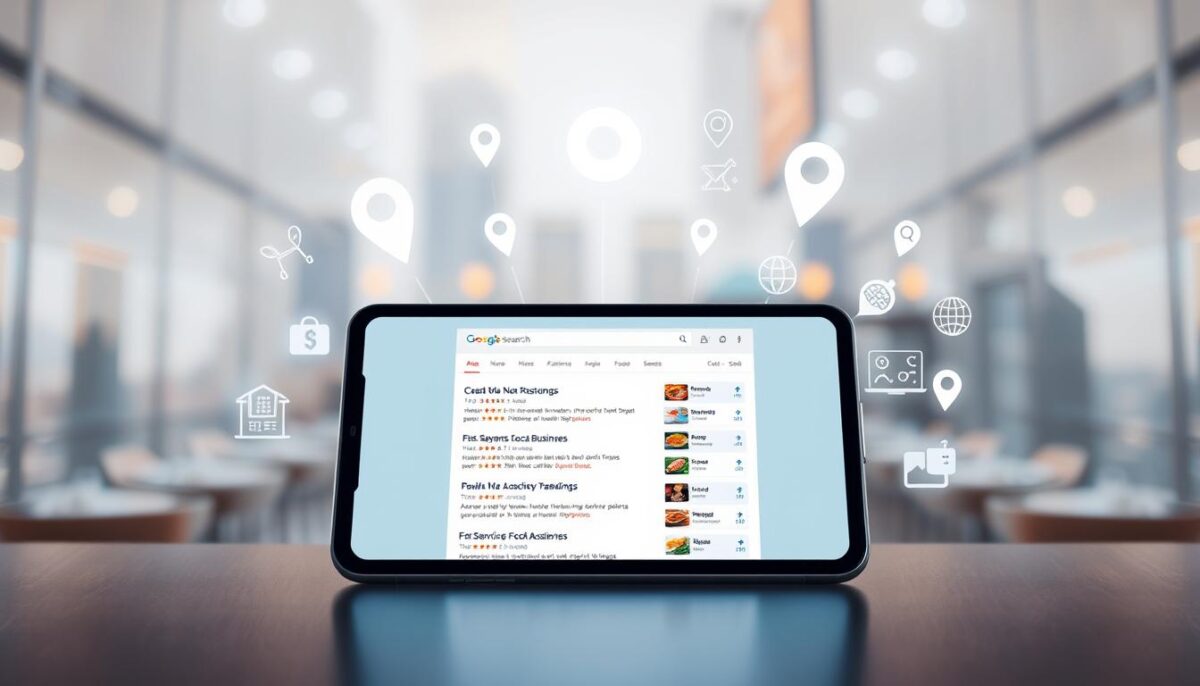
Avoiding Keyword Stuffing While Staying Relevant
Avoiding keyword stuffing is crucial while maintaining relevance. You can achieve this by using keywords naturally throughout your content, meta tags, and descriptions. Remember, the key is to create useful information that is centered on your restaurant and its offerings.
By mastering local keyword research and implementation, you’ll ensure your restaurant appears in the most relevant searches for your location and cuisine type.
Building a Consistent Online Presence Across Platforms
To enhance your restaurant’s visibility on Google, it’s essential to build a consistent online presence. This involves maintaining accurate and uniform information across various online directories and platforms.
Managing NAP Consistency
Maintaining consistent NAP (Name, Address, Phone number) information is crucial for your restaurant’s credibility and visibility in local search results. Inconsistent NAP can confuse potential customers and negatively impact your search rankings.
Key Directories and Review Sites for Restaurants
List your restaurant on reputable directories like Yelp, Untappd, TripAdvisor, Foursquare, and Facebook Business Pages. These platforms help increase your online visibility and drive traffic to your business.
Leveraging Social Media Profiles for SEO Benefits
Social media isn’t just for customer engagement; it also plays a crucial role in Local SEO. Platforms like Facebook, Instagram, and TikTok help generate valuable local signals that search engines use to rank your business.
By building a consistent online presence across all relevant platforms, you’ll create a powerful network effect that significantly improves your restaurant’s visibility in search results.
Generating and Managing Customer Reviews
For restaurants, managing customer reviews is not just about maintaining a good reputation; it’s about driving business growth. In the food and beverage industry, customer reviews can make or break your business. A staggering 87% of consumers read online reviews before choosing a local business, and businesses with higher ratings tend to rank better in Google’s Local Pack and search results.
Ethical Ways to Encourage Positive Reviews
To encourage positive reviews, it’s essential to adopt ethical strategies that don’t violate Google’s terms of service. You can start by politely asking satisfied customers to leave a review on Google or Yelp. Using QR codes on receipts or menus that link directly to your review page can also simplify the process for customers.
- Train your staff to request feedback politely.
- Use QR codes on receipts and menus to direct customers to your review page.
Responding to Both Positive and Negative Feedback
Responding to all reviews, both positive and negative, is crucial. It demonstrates your commitment to customer satisfaction and can turn unhappy customers into loyal patrons. When responding, use templates and best practices to ensure professionalism.
“Responding to reviews shows that you value your customers’ feedback and care about their experiences.”
How Review Signals Impact Your Google Rankings
Review signals, including the quantity, recency, and rating of reviews, directly impact your Google rankings and visibility in local search results. By managing your reviews effectively, you can improve your Google rankings and attract more customers.

By implementing a comprehensive review management strategy, you’ll not only improve your Google rankings but also gain valuable insights to enhance the overall dining experience at your restaurant.
Creating Local Content That Drives Restaurant Traffic
Crafting content that resonates with your local community is key to success. By doing so, you can foster deeper connections with prospective diners and drive traffic to your restaurant.
Showcasing Local Ingredients and Suppliers
Highlighting local ingredients and suppliers in your content can appeal to customers who value locally-sourced food. This approach also incorporates valuable geographic keywords, enhancing your search visibility. For instance, you can feature local farmers or suppliers in your blog posts or social media updates.
Highlighting Community Involvement and Events
Featuring your restaurant’s community involvement and participation in local events can generate natural backlinks and social shares, boosting your SEO. Consider highlighting charity events, food festivals, or cooking classes that your restaurant is involved in.
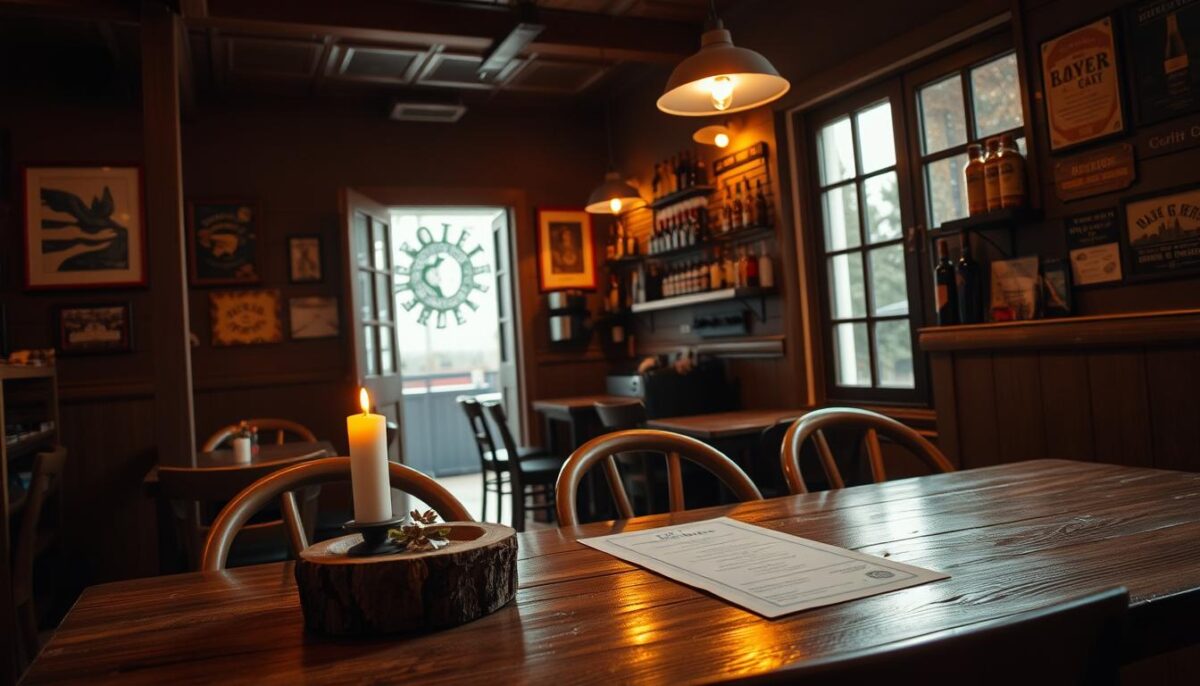
Developing a Content Calendar for Consistent Updates
Creating a content calendar ensures consistent updates across your website and social media platforms, maintaining strong search rankings. Plan your content in advance, including location-specific blog posts, videos, and social media content that resonates with your local audience.
By implementing a strategic local content plan, you can improve your restaurant’s search rankings and build stronger connections with your community, translating into loyal customers.
Building Quality Backlinks for Your Restaurant

Backlinks from reputable local websites are a powerful factor in boosting your restaurant’s search rankings. When local food bloggers, news outlets, or business directories link to your website, search engines see it as a vote of confidence, signaling that your business is trustworthy and relevant.
Partnering with Local Food Bloggers and Influencers
Partnering with local food bloggers and influencers can provide valuable backlinks and exposure to your target audience. Identify local influencers who align with your brand and collaborate on content or promotions that drive traffic to your website.
Getting Featured in Local News and Publications
Creating newsworthy stories about your restaurant can generate high-quality backlinks from trusted media sources. Craft a press release or pitch a story to local news outlets, highlighting your unique offerings or community involvement.
Participating in Community Events for Natural Link Building
Participating in community events and charitable initiatives can lead to natural link building opportunities. Sponsor local events or partner with other businesses to enhance your restaurant’s reputation and earn backlinks from relevant websites.
Conclusion: Your Restaurant’s Roadmap to Google’s First Page
The journey to the top of Google’s search results for your restaurant begins with a solid understanding of Local SEO principles. By implementing the strategies outlined in this guide, you’ll be well on your way to improving your search rankings and attracting more customers today.
To achieve lasting results, it’s crucial to stay consistent, monitor your progress, and adjust your approach as needed. Start by optimizing your Google Business Profile, then focus on building local citations, encouraging reviews, and leveraging social media. Remember, patience is key—achieving first-page results typically takes 3-6 months.
By following this roadmap starting today, you’re positioning your restaurant for sustainable growth and success in an increasingly digital-first dining landscape, connecting with customers who are actively searching for dining experiences like yours.
FAQ
How do I improve my restaurant’s online visibility?
To boost your online presence, I recommend claiming and optimizing your Google Business Profile, creating a website with essential pages, and maintaining consistency across directories and review sites.
What is the importance of having a mobile-friendly website for my restaurant?
Having a mobile-optimized website is crucial as it caters to on-the-go diners, providing a seamless user experience and improving your search engine rankings.
How can I encourage customers to leave positive reviews?
I suggest providing exceptional customer service, asking satisfied customers to share their experiences, and making it easy for them to leave reviews on platforms like Google and Yelp.
What is schema markup, and how does it benefit my restaurant’s website?
Schema markup is a code that helps search engines understand your website’s content, enhancing search visibility and providing users with more informative results, which can drive more traffic to your site.
How do I manage my online presence across multiple platforms?
To maintain a consistent online presence, I recommend ensuring NAP (Name, Address, Phone) consistency, leveraging social media profiles, and monitoring your listings on key directories and review sites.
Can you explain the impact of review signals on my Google rankings?
Review signals, including the quantity and quality of reviews, play a significant role in determining your Google rankings, as they indicate to search engines that your restaurant is a credible and popular choice.
What type of content should I create to attract more customers to my restaurant?
I suggest creating content that showcases local ingredients, highlights community involvement, and features events or specials, which can help attract local customers and drive traffic to your restaurant.
How can partnering with local influencers benefit my restaurant?
Partnering with local food bloggers and influencers can help increase your restaurant’s visibility, drive traffic, and attract new customers, as their followers trust their recommendations.

